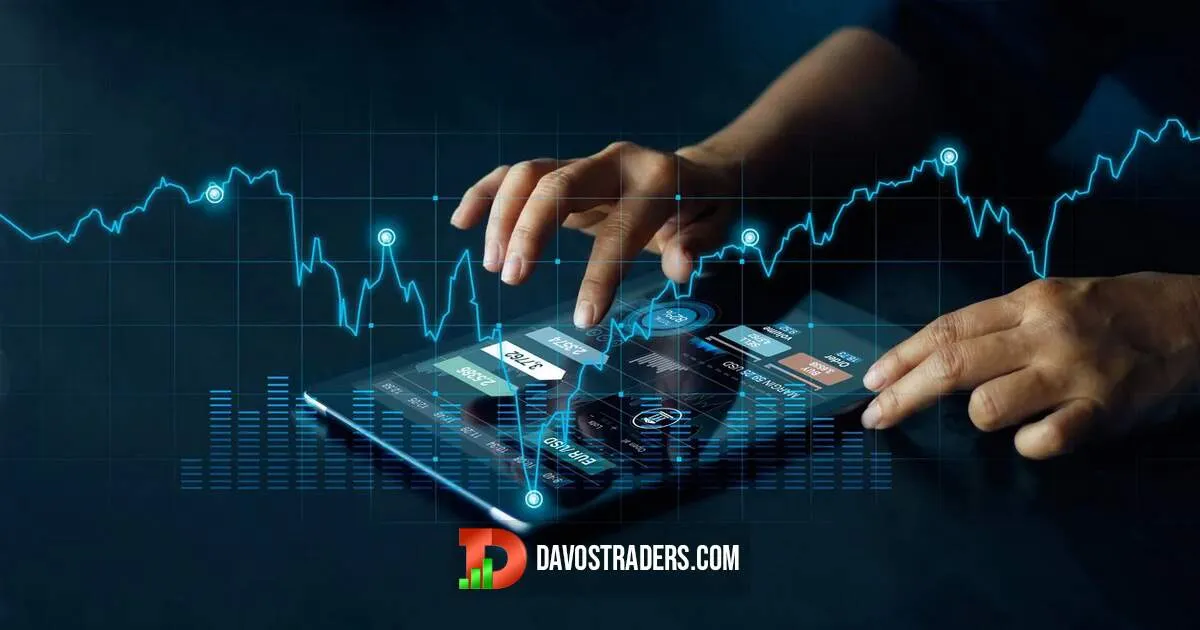5 Technical Indicators Every Crypto Trader Should Master

Understanding technical indicators is crucial for making informed decisions in crypto trading. Whether you're scalping, swing trading, or holding for the long haul, these tools help you read market signals, identify trends, and plan your entries and exits with confidence.
In this article, we’ll break down five essential technical indicators every crypto trader should know—and how to use them effectively.
📈 1. Moving Averages (MA)
Moving averages smooth out price data to help identify trends over time. The two most common types are:
- Simple Moving Average (SMA): An average of prices over a set period.
- Exponential Moving Average (EMA): Gives more weight to recent prices.
They’re often used to determine support/resistance levels and trend direction. For example, a bullish signal occurs when a short-term MA crosses above a long-term MA (known as a Golden Cross).
👉 If you're new to technical concepts, check out How to Leverage Technical Analysis for Better Crypto Trading Decisions
💹 2. Relative Strength Index (RSI)
The RSI is a momentum oscillator that ranges from 0 to 100. It shows whether an asset is overbought (above 70) or oversold (below 30).
- A high RSI might signal a potential pullback.
- A low RSI can suggest a rebound is near.
Traders often use RSI in combination with other indicators to avoid false signals.
📊 3. MACD (Moving Average Convergence Divergence)
MACD helps traders identify trend changes and momentum. It consists of two lines:
- The MACD Line: Difference between 12-EMA and 26-EMA.
- The Signal Line: 9-day EMA of the MACD Line.
When the MACD Line crosses above the Signal Line, it’s a bullish signal. The opposite indicates a bearish signal. This is especially useful in trending markets.
📉 4. Bollinger Bands
Bollinger Bands are made up of a middle SMA line with two outer bands (standard deviations above and below). They help measure market volatility:
- When the bands contract, volatility is low and a breakout may be near.
- When they expand, the market is more volatile.
Price touching or breaking the outer band may indicate potential reversals or continuation depending on the context.
🔄 5. Volume
Volume shows how much of an asset is being traded. It’s a powerful confirmation tool:
- High volume during a price move suggests strong interest and validates the trend.
- Low volume during a breakout may imply a false move.
Volume indicators like On-Balance Volume (OBV) and Volume Oscillator can also help analyze momentum behind price actions.
🔗 Related Articles Worth Exploring
Want to sharpen your trading strategy even further? You might also enjoy:
- Top 5 Risk Management Rules Every Crypto Trader Must Follow
- Scalping vs. Swing Trading: Which Crypto Strategy Fits You Best?
- 5 Common Trading Mistakes and How to Avoid Them in 2025
🎯 Final Thoughts
Mastering these five indicators won’t guarantee profits, but they will give you the insight needed to make more informed decisions. Use them to support your trading strategies—not replace them. Pair them with good risk management and emotional discipline for the best results.
And if you're looking to take your trading to the next level, follow our Telegram channel for reliable crypto trading signals and market updates that align with these technical tools.
